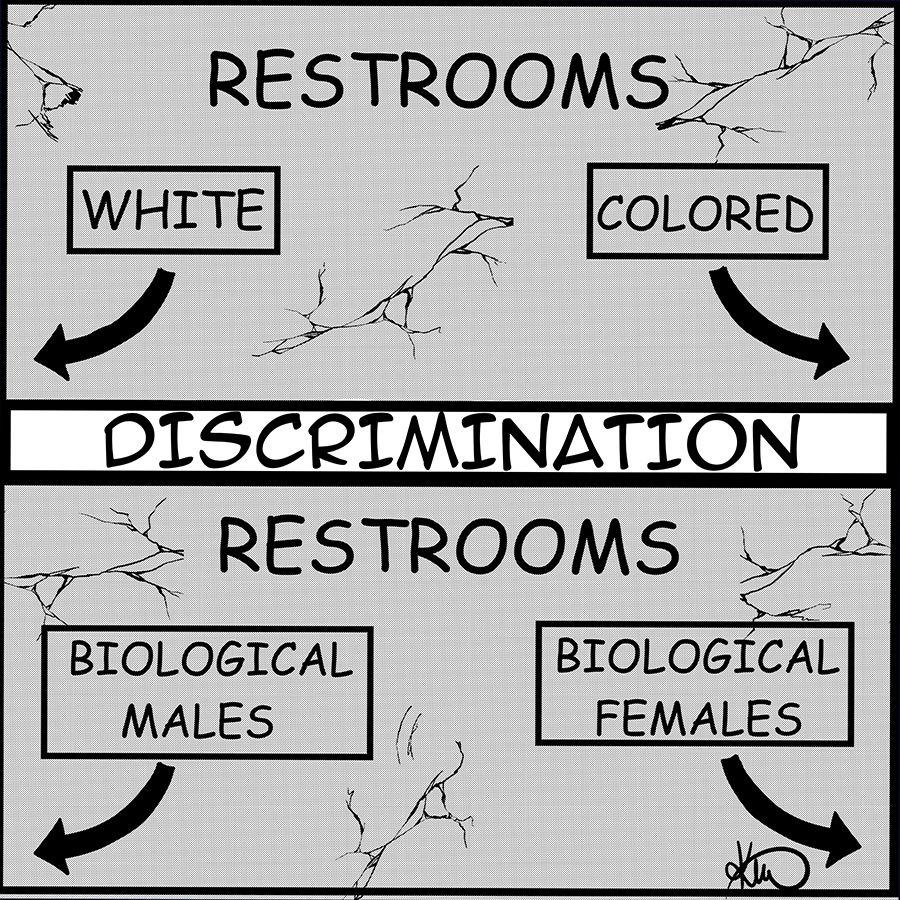While the United States’ national parks enjoyed record-setting attendance in 2014, the number of younger visitors has plummeted. 292.8 million people visited the national parks in 2014, but the number of younger visitors has dropped by half in the past ten years, according to a CNN report.
This statistic is unsettling. We’re supposed to be a generation that prides itself on increasing sustainability and environmentalism, but how can we stand up for a green lifestyle if we’re not enjoying it?
Younger people are too “plugged in” for the outdoors. We think a nice screen saver and background satisfies the need, but images from a computer are poor substitutes for sunlight and fresh air. Childhood is moving indoors and the millennials might be the last generation that can share stories of active childhoods.
The average American boy or girl spends more than six hours in front of an electronic screen per day, according to a study by the Henry J. Kaiser Family Foundation. I remember years of capture-the-flag, kickball, soccer and exploring, while kids of this generation will remember “Candy Crush,” “SpongeBob” and “Clash of Clans.” If we want to continue preserving this planet, permitting children to sit sedentary in front of a screen won’t breed the right mentality for future generations.
Sometimes we need to remember where we came from, and that we’re still mammals—that we’re creatures more comfortable surrounded by nature and other living systems. A popular theory called biophilia hypothesis proposes that we subconsciously have deep connections in nature that are rooted in our longstanding biology. Studies show that human beings have a preference for natural settings over man-made surroundings. Why do you think people hang up photographs and paintings of nature around the office? We need to stop denying our biological tendencies and satisfy our subconscious.
Besides the immense number of psychological benefits that come from nature, the number of biological benefits are also enormous. Time outdoors can alleviate symptoms of depression, lower blood pressure and help manage diabetic conditions. One study found that time spent in nature is a major predictor of longevity; for developing children, it is even more important that we instill in them the value of these lasting benefits.
Childhood obesity is a true epidemic, having doubled in the last 20 years. The United States is the largest consumer of ADHD medication. These are not good indicators of what is to come if we continue down this path, but perhaps we already have the means to aid in alleviating such epidemics. Get outside. Studies indicate that natural settings are widely effective in reducing ADHD symptoms; they obviously help alleviate obesity and they might even make kids smarter.
But it shouldn’t take a list of the benefits of nature and the costs of spending too much time indoors for us to realize it’s important. The decline in the number of younger visitors to our national parks is a visible side effect of our vast migration indoors, and reminds us that we need to change.
Montana wasn’t exactly a bad place to grow up. It had to be taken away from me for me to realize how important it was, but I’m glad I know now. Even though I can’t adequately describe the indescribable effect nature has, I know it’s something good. Our advances in technology far outpaced our natural evolution, and now we’re caught in an uncomfortable position. Work and life more and more frequently require us to keep our eyes glued to screens, so we’re stuck inside when we subconsciously want to be surrounded by wilderness or staring at the ocean. School and life can’t stop, but remember what nature can do. It’s where we’re meant to be, so don’t forget it.
Tyler Gobin, senior studying business management
















